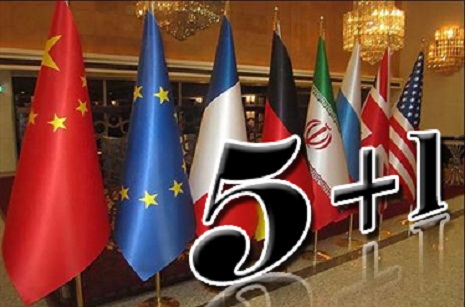The six powers and Iran struck an interim agreement on April 2 ahead of a possible final deal that would aim to block an Iranian path to a nuclear bomb in exchange for lifting sanctions. But the timing of sanctions relief, access and verification of compliance and a mechanism for restoring sanctions if Iran broke its commitments were among the most difficult topics left for further negotiations.
U.S. and European negotiators want any easing of U.N. sanctions to be automatically reversible if Tehran violates a deal. Russia and China traditionally reject such automatic measures as undermining their veto power as permanent members of the U.N. Security Council.
As part of the new agreement on sanctions snapback, suspected breaches by Iran would be taken up by a dispute-resolution panel, likely including the six powers and Iran, which would assess the allegations and come up with a non-binding opinion, the officials said.
The International Atomic Energy Agency (IAEA) would also continue regularly reporting on Iran’s nuclear program, which would provide the six powers and the Security Council with information on Tehran’s activities to enable them to assess compliance.
If Iran was found to be in non-compliance with the terms of the deal, then U.N. sanctions would be restored.
The officials did not say precisely how sanctions would be restored but Western powers have been adamant that it should take place without a Security Council vote, based on provisions to be included in a new U.N. Security Council resolution to be adopted after a deal is struck.
"We pretty much have a solid agreement between the six on the snapback mechanism, Russians and Chinese included," a Western official said. "But now the Iranians need to agree."
Another senior Western official echoed his remarks, describing the agreement as “tentative” because it would depend on Iranian acceptance.
A senior Iranian diplomat said Iran was now reviewing several options for the possible "snapback" of Security Council sanctions against Tehran.
It was unclear exactly how the snapback mechanism would function, and the officials did not discuss the precise details. It was also unclear how the proposal would protect the United States and other permanent Council members from a possible Chinese or Russian veto on sanctions restoration.
More about:
















































